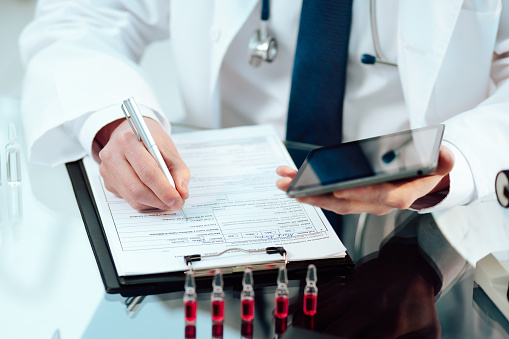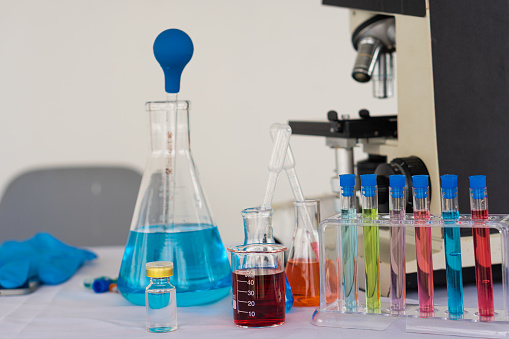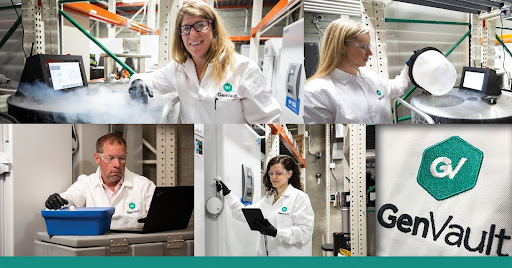Bioinventory storage solutions are designed to store samples, tissues and other biological materials safely. Biological samples can be stored as long as they remain viable. Bio-samples are typically processed in laboratories and put into bio-storage containers that include aseptic barriers and fluid-tightness. These containers help maintain the viability of the samples from the time they are collected until their analysis is completed. These unique features provide identity preservation during storage for diagnosis, treatment or research purposes such as DNA sequencing, gene expression analysis, PCR amplification or antibody production. Biostorage solutions are manufactured from various scientific-grade plastics, polymers and other materials commonly used in the pharmaceutical industry.

Below are various benefits that bioinventory storage solutions provide:
1. Long-term storage
The long-term storage allows biostorage solution to store for a long period. These solutions are designed to be autoclavable, making it possible to sterilize solutions if necessary. Biostorage solutions are also designed with long-term shelf life and sterility.
2. Safety
Safety is an essential factor when it comes to the storage of bio-samples. These solutions help ensure the safety of samples during storage by maintaining the samples at the correct temperature, pH, and humidity levels. These solutions do not react with chemicals, proteins or reagents used for testing. Some biostorage solution is designed with leak tightness that helps prevent any leakage or contamination in case of breakage. Samples stored in these solutions are also resistant to microbial growth as they have a low water activity level that minimizes microbial growth and chemical spills in case they occur while handling samples or transporting them to a laboratory for analysis.
3. Aseptic barriers
Aseptic barriers are used to ensure the identity of a bio-sample remains protected and unaltered while in storage. A sample may be destroyed if exposed to contaminants during storage. Contaminants include other biological materials, gases, liquids or particles that may react with samples. Samples can become contaminated by any of these contaminants before they are analyzed in the laboratory. These contaminants can be introduced during transportation, handling or storage. For example, a bio-sample stored in an uncontrolled environment, such as an uncontrolled room temperature, can result in microbial growth and contamination of the sample resulting from microbial growth on the sample surface or within the sample itself.
4. Fluid tightness
Fluid tightness is an essential feature of these solutions that ensure that a bio-sample stored in them remains unchanged from when it is collected until the analysis is completed. Samples are typically dissolved into the solution at the time of collection and transported to a laboratory, where they are analyzed using various biochemistry tests. These samples must remain unchanged during this transportation and handling process as it affects the test results. Uncontrolled temperature, pH, or relative humidity changes can result in sample degradation due to chemical or biological reactions occurring within the sample.
5. Material compatibility
It is important to choose materials compatible with samples being stored in bio-samples. A biostorage solution compatible with a sample allows it to be dissolved into the storage solution without changing its chemical or biological properties. A bio-sample must be compatible with solvents and other chemicals to prepare it for analysis. The choice of materials used in manufacturing bio-storage solutions ensures they are problem free, safe to use and easy to sterilize.

6. Immune system compatibility
Immune system compatibility is an important feature in bioinventory storage solutions. These features ensure that the biostorage solution does not alter the integrity of samples. Mixtures of one or more biological materials may change the quality of samples and affect their potential for use in research, diagnosis, treatment, or other processes.
7. Meets industry standards
Biostorage solution is designed to meet industry standards for safe sample storage, handling and transportation. Various governing and regulatory agencies outline these standards. Any sample storage and handling material should be certified as meeting these standards.
8. Fast analysis
A fast analysis is made possible by using efficient analytical tools such as high throughput screening instruments using microwell plates or disposable microplates coated with specific antibodies or ligands to bind with proteins of interest in a bio-sample. These instruments are designed in such a way that they contain integrated photo-detectors that accelerate the analysis of samples. Using these instruments is time-saving and helps speed up the process of testing samples for functional activity by measuring the activity of desired proteins.
Conclusion
Storage of bio-samples is a critical step in the discovery and development of new drugs, biologics, vaccines and other therapeutic agents. An efficient and safe sample storage solution helps ensure that samples remain viable during storage so they can be used for diagnosis, treatment or research purposes. Although several mechanisms are in place to ensure the integrity of samples, such as transportation and handling, it is equally important to choose an appropriate sample storage solution that helps maintain these potential uses for these samples


